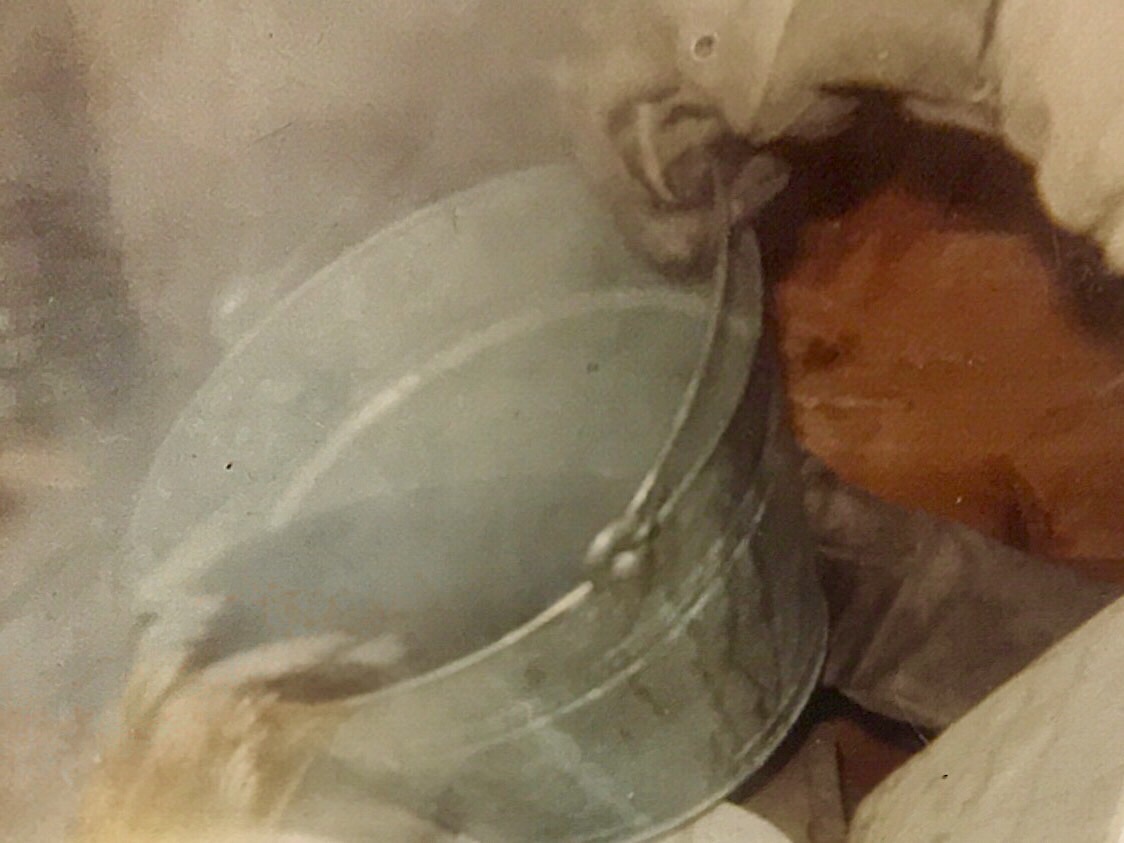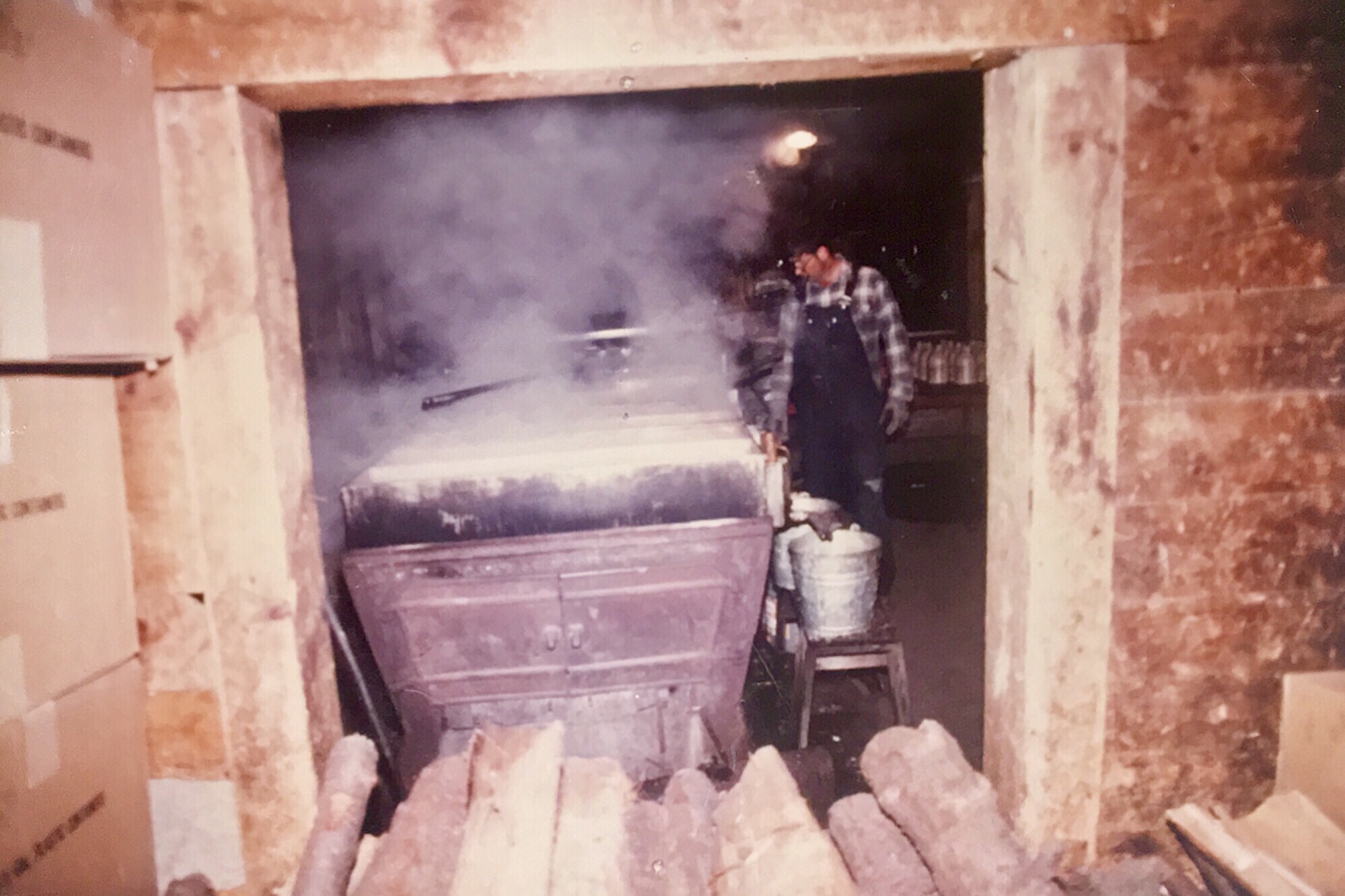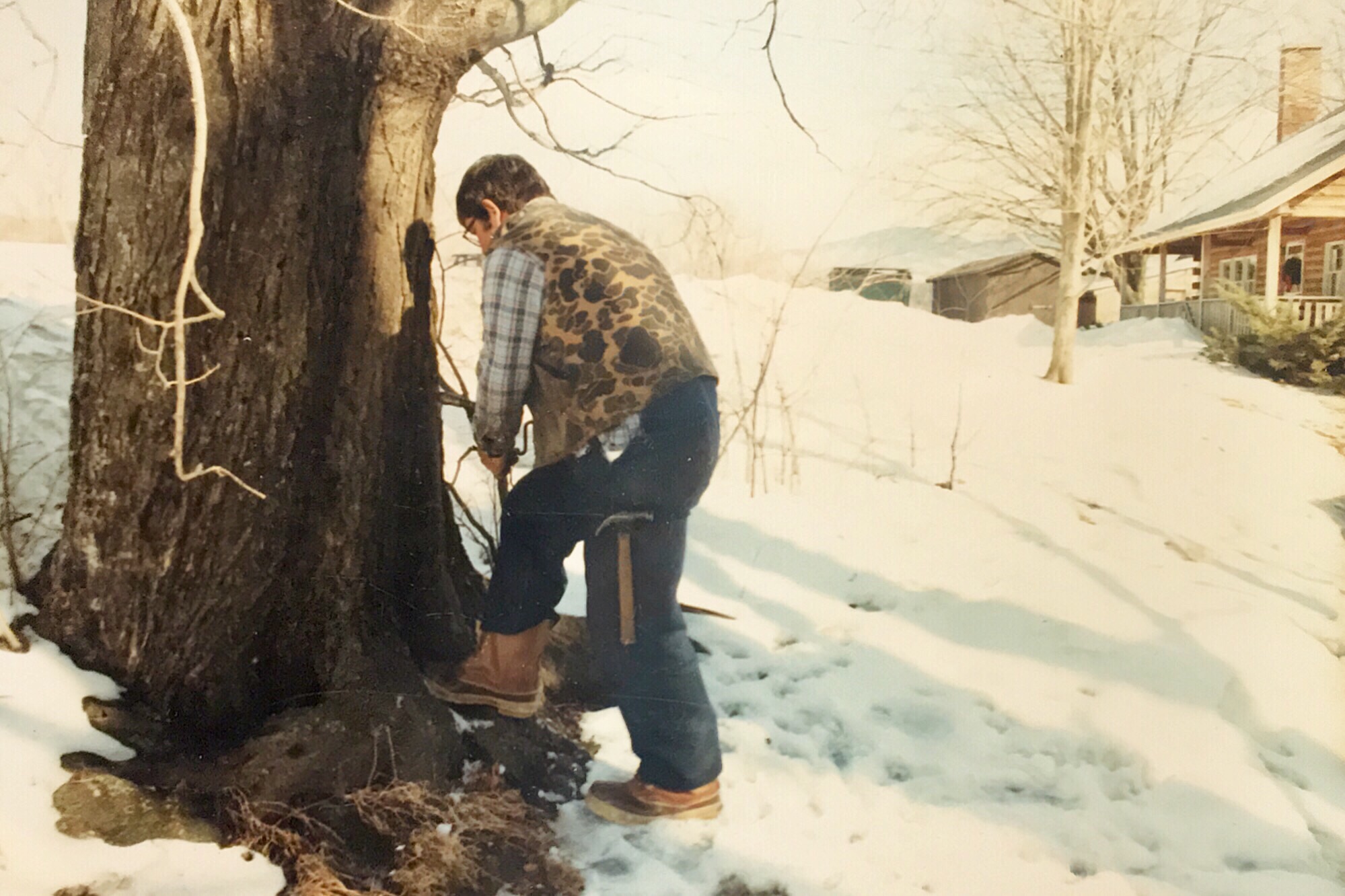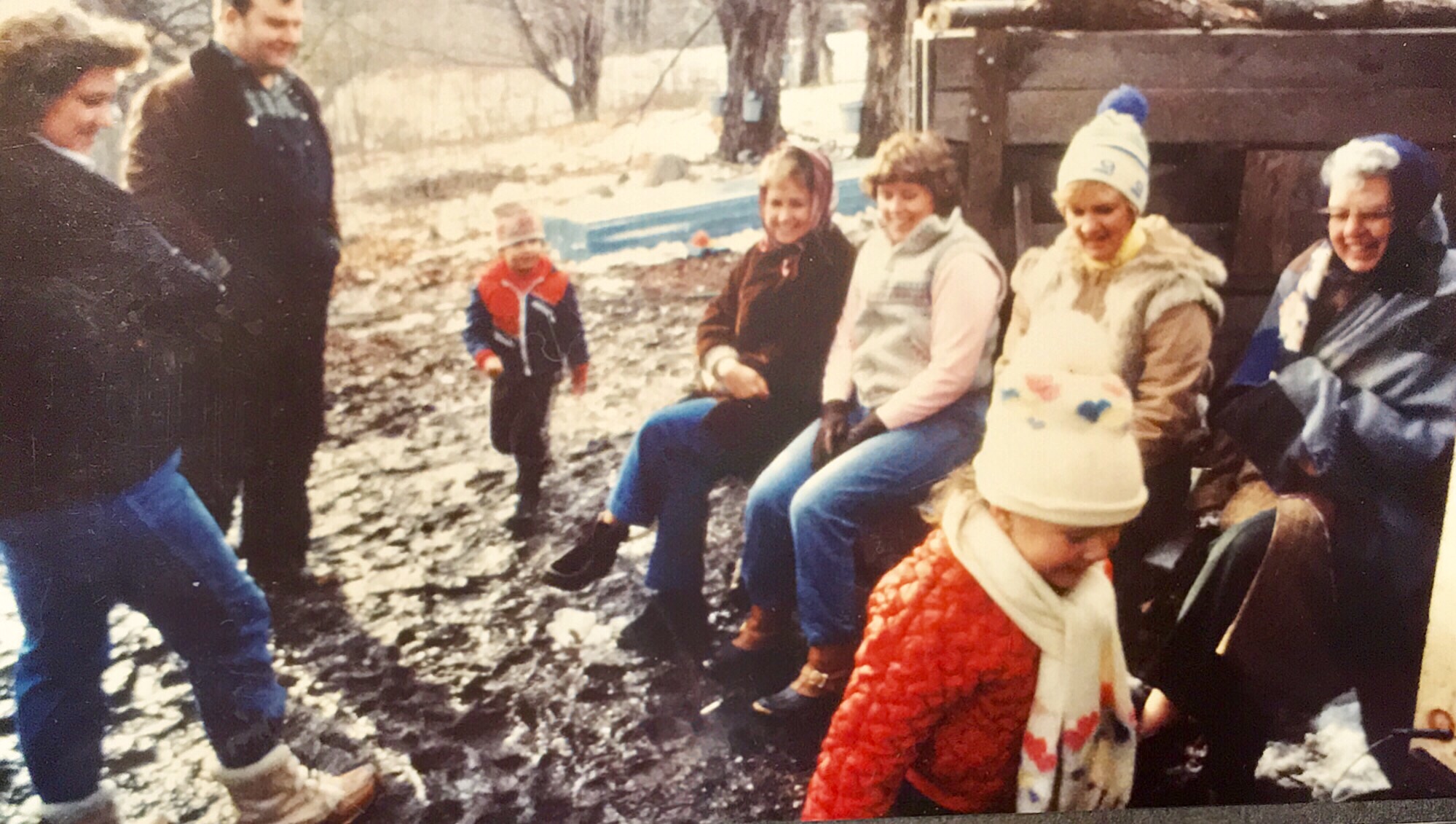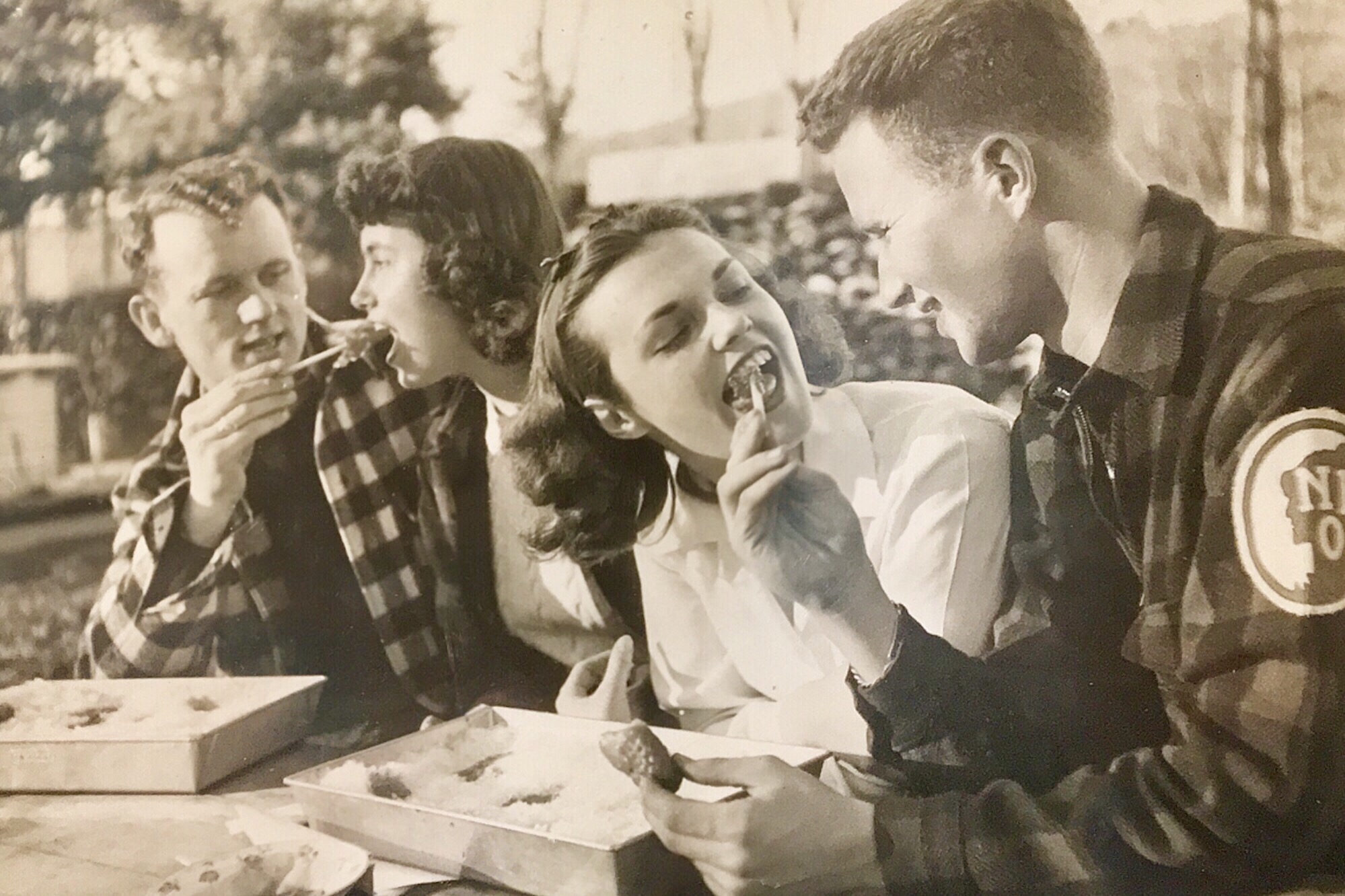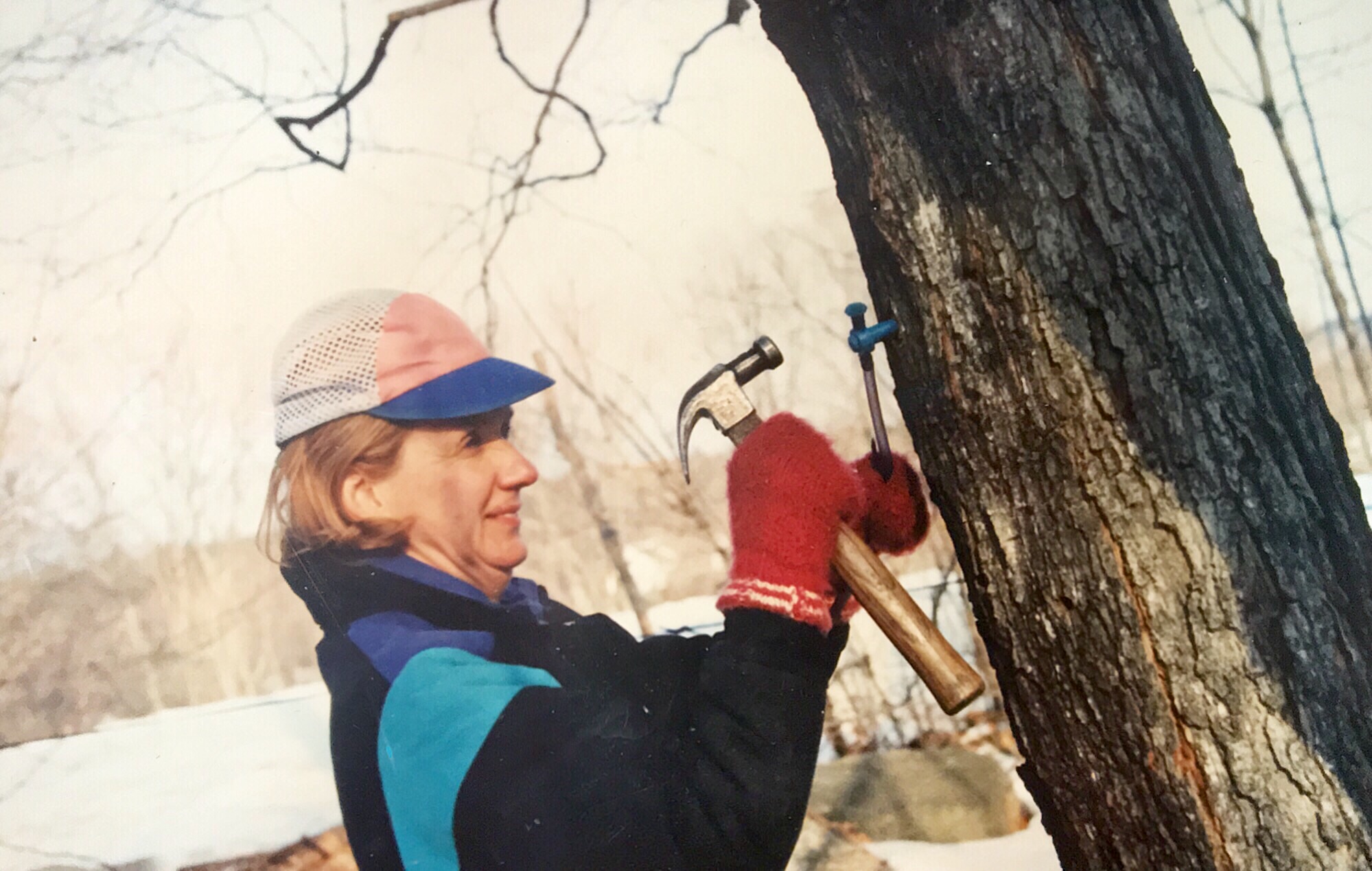How it all began...
The history of the Smith farm in Gilford started in 1900 when Sam and his father, William, moved here from Meredith, NH and bought the High Maples farm on Morrill Street. They soon began producing milk and maple syrup.
Sam and his wife, Winifred, raised 10 children. The third child, Forrest received a degree in bacteriology from the University of New Hampshire and began working as a milk inspector for Laconia for several years. At the time there were around 300 milk producers in the area. Forrest and his wife, Dorothy, bought another farm on Morrill Street, which abutted the original High Maples farm. They called this Elm Farm and soon began producing milk themselves. A few years later, they bought a 30 acre piece of the original High Maples farm from Sam to add to their property. This additional land included the sap orchard which is the main part of the current Smith Farm maple operation. William and Sam created the sap orchard in the early 1900's by having the land logged while saving the sugar maples. In 1947 Forrest built his own sap house (the current sap house) and separated his maple operation from his father's.
Forrest and Dorothy had two boys, Samuel and Nathan. Their land had undergone some additions (and many subtractions) over the years due to development, highway construction, etc. but Forrest still owned almost 30 acres, which included the sap orchard. Even after getting out of dairy farming in 1956, Forrest continued maple sugaring with the help of his sons, Sam and Nathan, other family and friends.
Nathan became an electrical engineer and, after five years in the Navy, decided that farming was his true passion. This came as quite a shock to Carolyn who had grown up in Carteret, NJ and thought she was marrying an electrical engineer. When Nathan got out of the Navy in 1974, he and his wife, Carolyn, took over the maple operation. In 1975 they began growing vegetables and berries on Forrest's remaining 5 acres of field land to sell at their farm stand.
The vegetable and berry operation eventually expanded to 15 acres, including other field land purchased on Sleeper Hill Road. At its peak, the Smith Farm maple sugaring business involved 1500 taps and produced about 650 gallons of syrup annually.
The technology of maple sugaring has advanced tremendously over the years and, while Smith Farm is still far behind the newest things, we have seen significant changes since Nathan returned from the Navy. First, he converted nearly all of the taps to plastic tubing, including two remote pumps to get the sap to the sugar house. This is a tremendous labor/time saver compared to going to each and every tree to collect sap.
A pre-heater was also added to the evaporator, which uses the steam produced to preheat the sap to nearly boiling before entering the evaporator. Fast forward to 2017 and we're now using a vacuum system for the first time. By applying vacuum suction at the tap hole, you trick the tree into running when it would otherwise not.
In 2010 Nathan and Carolyn retired from most of the field crops except PYO berries. But, being the in blood, the maple sugaring business continues with about 800 taps now. Nathan and Carolyn's children, Brent and Maggie, along with their spouses, Tanya and Alex, are gradually taking over the operation. The elder Smith's are moving into their roles as Sugar Makers emeritus or senior advisors or dottering old people who tell the same maple stories over and over again! The grandchildren, Matthew, Holly and Ben all love sapping as well. What's not to like? They get to fire, mud, water and plenty of sweet stuff to eat!
Holly, Matthew & Ben
So, we hope Smith Farm Stand will be around for many years to come, bringing you that first taste of Spring!



